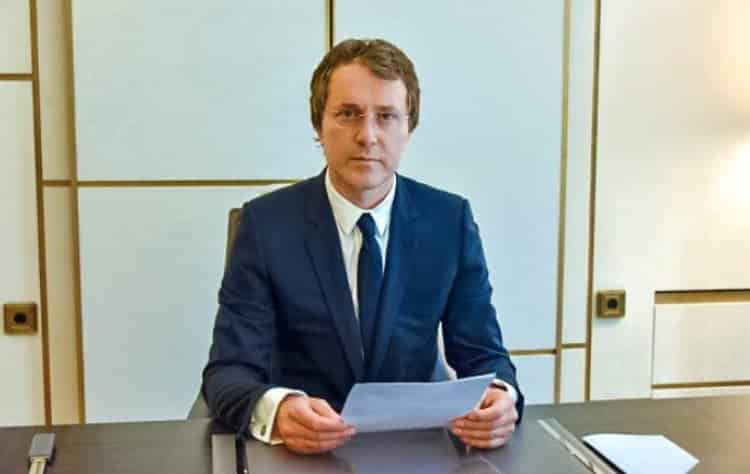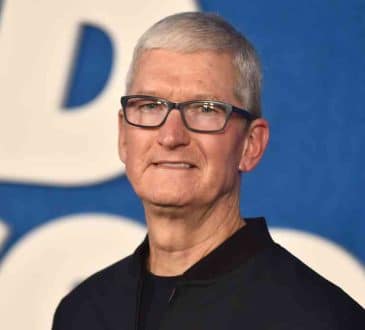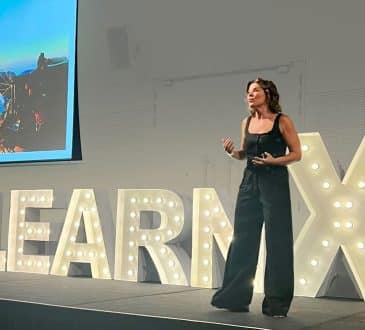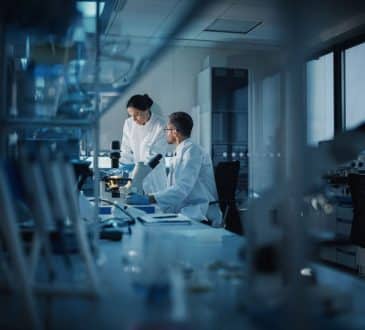Ruslan Baysarov: “The bridge over the Amur is an important part of international trade infrastructure”

By spring of next year, traffic will open up on the first transboundary automobile bridge across the Amur River: a joint project between Russia and China. On the Russian side, the SK MOST Group of companies has been working on the Blagoveshchensk – Heihe project since 2016. At the end of May 2019, both sides of the bridge were successfully united, and by the end of November, Russia and China had completed the border-crossing bridge. It is expected to open to traffic in spring 2020. The significance of this bridge for the economy of the Far East, as well as the technical peculiarities of the project, are put forward here by the main shareholder and chairman of the board of directors of JSC USK Most, Ruslan Baysarov.
– Russia and China both started plans for a bridge in the Amur region in the late 1990s. However, momentum began only when your company became involved in the project. Why do you think the project took such a long time from concept to implementation?
– Since it’s a joint project, the details required careful discussion from both sides. This bridge is a complex construction from engineering and technical points of view. The Amur is one of the most unpredictable rivers there is, and it has very complex hydrology and geology. For the construction of bridges in such places, many auxiliary facilities are needed: unpaved clearings, temporary roads, and temporary supports. At the same time, you have to protect them from adverse natural phenomena.
As for our company, SK MOST participated in the bidding process and became part of this large-scale and important binational project only after it became clear that the group has all the competencies to carry it out successfully.
– Did any unforeseen difficulties arise during the construction process?
– The work was hampered by a flood last summer. As a result, the platforms that the supports stood on were flooded. Additional fencing had to be put up, which later made it possible to work in the winter. I should point out that this didn’t affect the work schedule, and delays were avoided.
– Did your experience in building other objects help your company implement this project?
– From a technical point of view, the Blagoveshchensk–Heihe Bridge resembles the cable-stayed bridge from Vladivostok to Russky Island built by SK MOST for APEC Russia 2012. The bridge from Blagoveshchensk to Heihe is extradosed, so the stress load is evenly distributed to the span structures, which makes it possible to increase its service life.
The experience of building a bridge in Amur Oblast is unique in terms of the influence of environmental factors on the construction process. However, all of SK MOST’s projects are unique and complex in their own way. When constructing large infrastructure facilities, in principle, there are no simple or unimportant tasks. In each case, a detailed study of the project is required, depending on the engineering and geological conditions of a particular area and constant monitoring of the current situation at the construction site. This helps prevent potential risks.
SK MOST also have enormous experience spanning almost 30 years in building complex objects in harsh environmental conditions. For example, in the Arctic port of Sabetta that our company built, it was possible to work only three months a year, yet despite this, it welcomed its first ships just a year after work began. Now our specialists are building the second Baikal tunnel, which will free up the Baikal–Amur Mainline BAM at one of its narrow sections and increase the capacity of the railway as a whole. When digging through the rock, a tunnel-boring complex with a high-precision waterproof lining was used.
– Alongside the Blagoveshchensk–Heihe Bridge, SK MOST is building another cross-border structure with China: the Nizhneleninskoe–Tongjiang railway bridge. How do you assess the experience of working with your Chinese colleagues on these projects?
– Although the transboundary bridge is being built in different countries, it’s a single structure. Therefore, during the construction of these two bridges to China, joint Russian–Chinese meetings on design and construction issues are held regularly to determine the sequence of certain types of work and discuss technical details. As a result, we gain invaluable experience and, importantly, we can exchange technologies.
– It’s symbolic that the Blagoveshchensk–Heihe Bridge was united on the 70th anniversary of the establishment of diplomatic relations between the two powers. Do you feel that, in some sense, the future of relations between our countries depends on your company?
– This bridge is without exaggeration an important part of the international trade infrastructure. It will open up a convenient route, from a logistics point of view, between Russia and China and contribute to an increase in trade between the countries. After traffic starts on the Blagoveshchensk–Heihe Bridge, it will be much more convenient for exporters from Amur Oblast to transport goods to China. In addition, regional authorities plan to develop the area adjacent to the bridge and include the relevant tax benefits. In the future, this means there will be an influx of investments into the region. Of course, it’s nice to know that our company has contributed to a common cause.
– The SK MOST Group has been present on the market since 1991, and today is one of the leading construction companies in Russia. What allows it to maintain its leading position?
– The company is trying to be on the cutting edge of developing building technologies. SK Most have a network of its own production facilities, the largest of which are located in the Amur and Moscow regions. In particular, the Tolbino production facility near Moscow is the only company in the European part of Russia that has a line for the production of reinforced concrete slabs for non-ballasted bridge decks. It provides subdivisions of the SK MOST Group of companies with reinforced concrete products and metal structures and also services drilling equipment.
In general, building technology is one of the fastest-growing segments of the economy. Russian companies, which in recent years have implemented many serious infrastructure projects, are in no way inferior to foreign ones.
– In addition to extensive experience and modern technologies, what other factors are key to your company?
– I believe that SK MOST’s biggest asset is our employees, the backbone of which is former BAM workers. Thanks to them, their invaluable experience in building projects spanning numerous levels of complexity will be preserved and passed on to new generations. It has been proven many times that the high levels of qualifications of each specialist, from leading engineers to departmental directors, have a tremendous impact on the progress and success of our projects.
Ruslan Baysarov: Biographical Information
Ruslan Baysarov was born on August 9, 1968, in the village of Prigorodnoye, in the Chechen Republic. After completing his schooling, he enrolled in the Moscow Construction Engineering Institute. In 1986 he was drafted for military service, after which he studied at the Grozny State Oil Institute, earning a diploma in engineering economics. In 2001, he received a master’s degree in sociology from Moscow State University. In 2018, he defended his thesis and received a Candidate of Technical Sciences degree at the National University of Science and Technology MISiS.
Starting in the mid-90s, he became active in business: he opened a beauty salon, a sports complex, and several entertainment and recreation complexes in the World Trade Center in Moscow.
In the early 2000s, Baysarov implemented a number of energy projects and headed companies in the oil and gas sector such as the Moscow Oil Refinery, Moscow Oil and Gas Company, and the Central Fuel Company. In 2008, he acquired the rights to part of the assets of Sibir Energy, which he subsequently sold to Gazprom Neft.
In 2011, he became Head of the JSC Tuva Energy Industrial Corporation. In 2013, the company acquired a license to develop the Elegest coal mine. JSC TEPK is now building a mining and processing plant in Tuva, the Elelegest–Kyzyl–Kuragino railway branch and a coal port terminal in Khabarovsk Krai.
In 2015, Ruslan Baysarov became a shareholder of SK MOST. A year later, he brought his stake in the company to 56%, becoming the controlling shareholder.
He has been regularly listed by Forbes as one of the 200 richest businessmen in Russia since 2014.
Add CEOWORLD magazine to your Google News feed.
Follow CEOWORLD magazine headlines on: Google News, LinkedIn, Twitter, and Facebook.
This report/news/ranking/statistics has been prepared only for general guidance on matters of interest and does not constitute professional advice. You should not act upon the information contained in this publication without obtaining specific professional advice. No representation or warranty (express or implied) is given as to the accuracy or completeness of the information contained in this publication, and, to the extent permitted by law, CEOWORLD magazine does not accept or assume any liability, responsibility or duty of care for any consequences of you or anyone else acting, or refraining to act, in reliance on the information contained in this publication or for any decision based on it.
Copyright 2024 The CEOWORLD magazine. All rights reserved. This material (and any extract from it) must not be copied, redistributed or placed on any website, without CEOWORLD magazine' prior written consent. For media queries, please contact: info@ceoworld.biz
SUBSCRIBE NEWSLETTER








